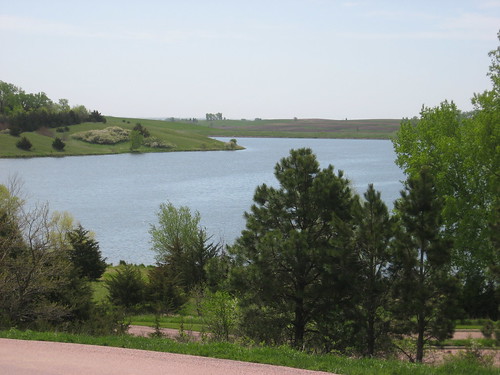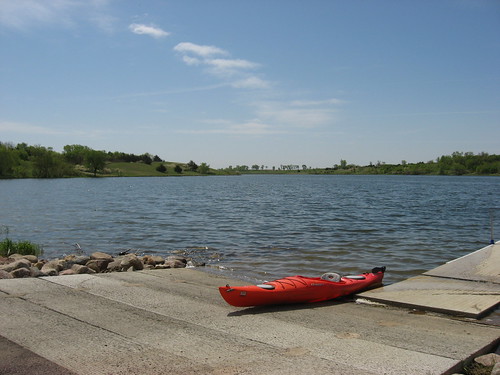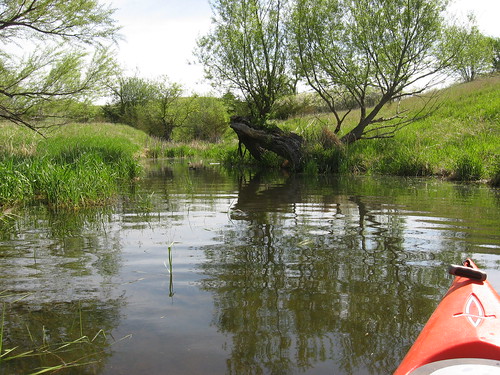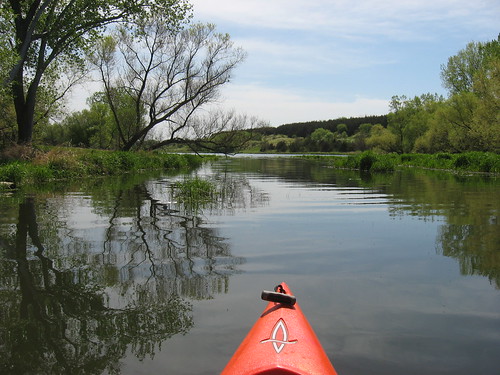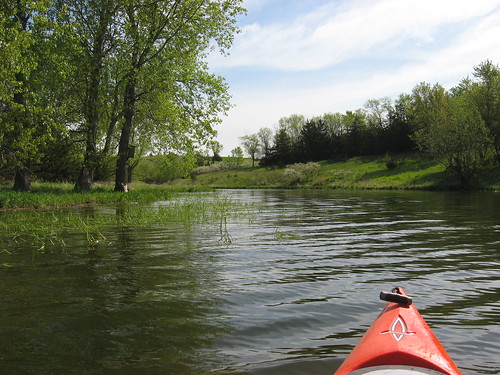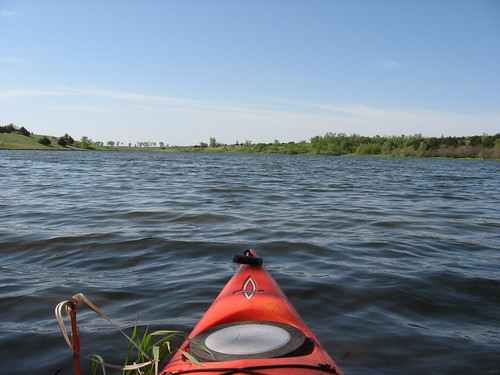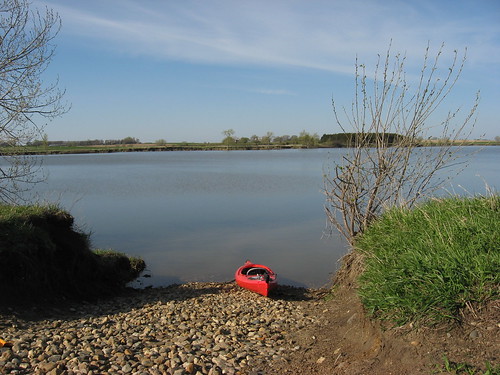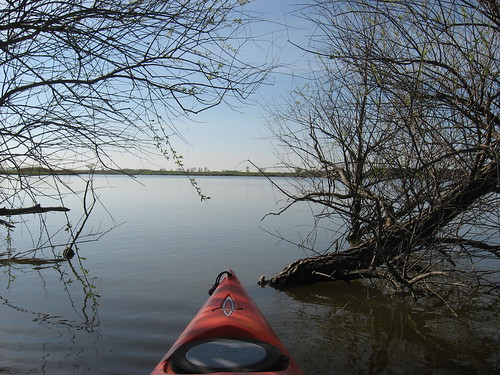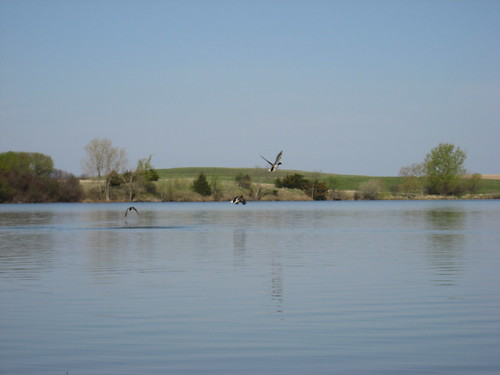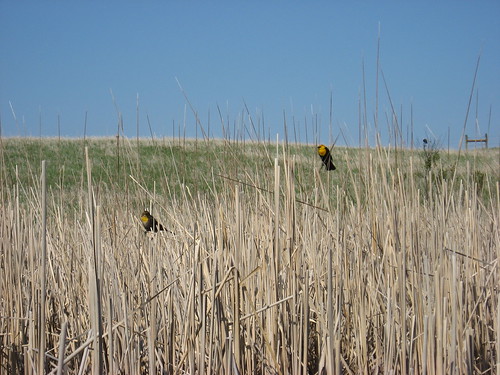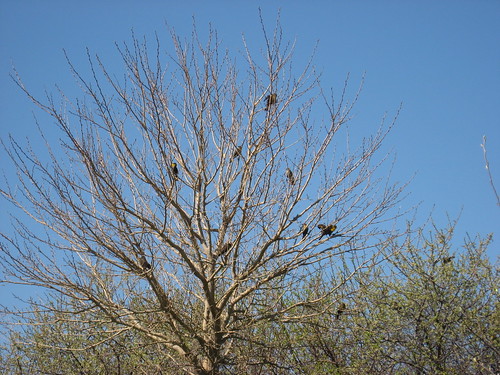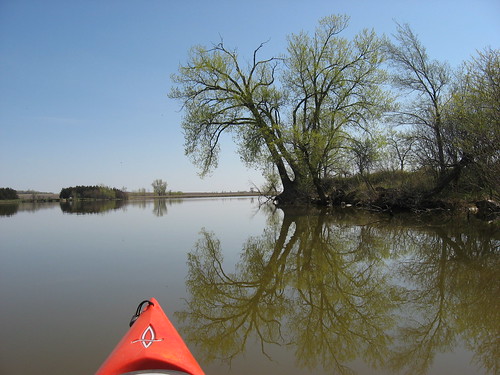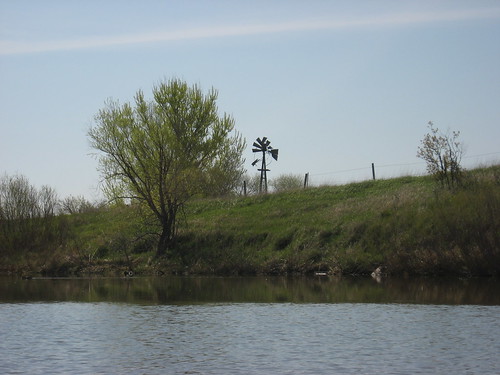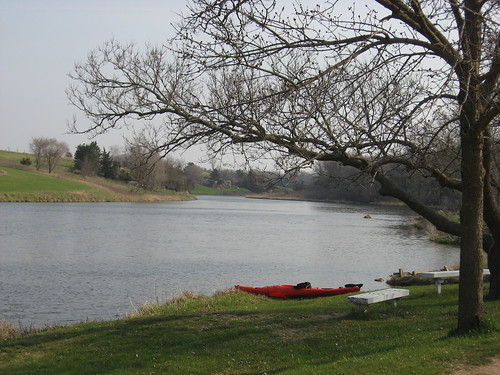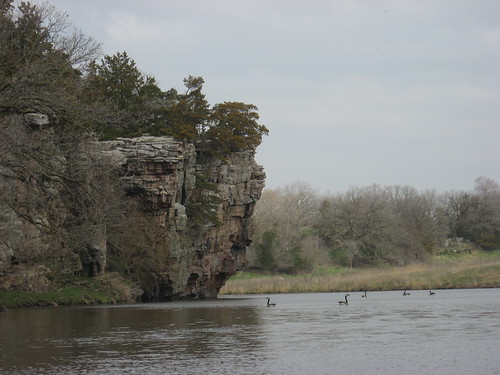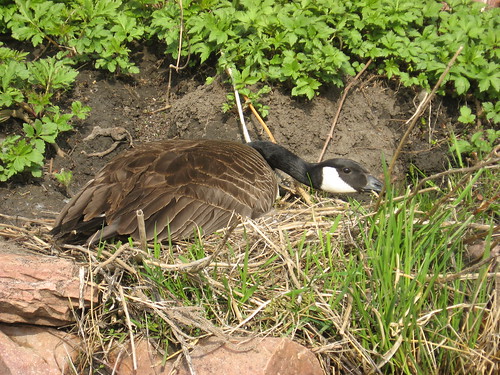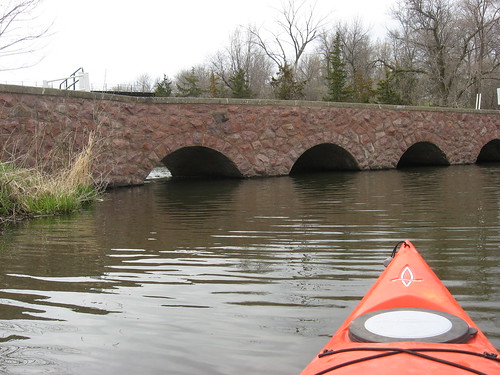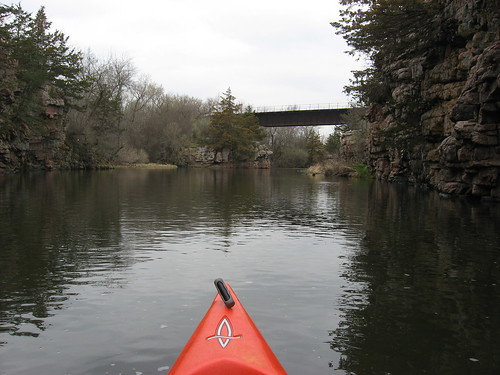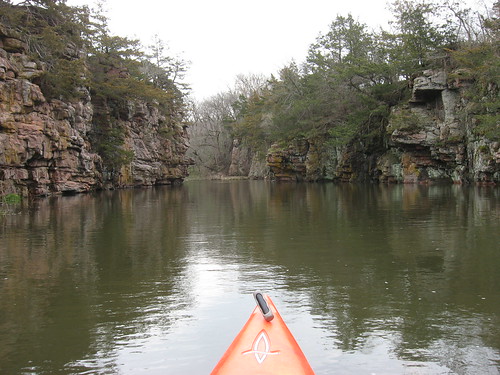
A week or so ago, I received a report from Ryan Schellpfeffer, one of our area paddlers, of a cruise on Diamond Lake. This was a new body of water for me so, in addition to his notes of the cruise, I accessed the South Dakota Statewide Fisheries Survey site to learn more about the lake. This lake is nearly three times as large as Lake Alvin and is located in the northwestern corner of Minnehaha County. To get there from Sioux Falls, a direct route would be to go west on Highway 42 (West 12th Street) to Highway 19 and turn north. Proceed on Highway 19 through Humboldt (there is a little jog through town) and continue north for about 14 miles to 244th Street, just on the Minnehaha/Lake counties line. Turn left (west) on 244th Street, a gravel road, and continue for about 1.5 miles. Just at the bottom of a rise, after going a little over a mile, there is a sign reading “Road Closed.” The road continues, however, for maybe 100 yards from the top of the rise and ends at a state provided access point. This access point has a good graveled parking area, a dock, and a vault toilet. As is the case nearly always, there are no directing signs to the lake nor an identification sign at the site.

The sky was overcast as I arrived about 9:00 a.m., the temperature was in the low 50s, and the winds were light out of the east. At first I thought that my hands were going to be cold on the paddle, but that passed as I began moving. By the time I finished my circuit of the entire shoreline, the overcast had broken and there was intermittent sun. The winds had freshened, however, to what I would call moderate. There was a nice lee along the southern and western shores, but as I crossed over to the north side and continued east, the wind was creating enough wave action to require attentive paddling. The lake is pretty wide at the western end, and I was conscious of how difficult it would be to have to swim for it in that cold water with waves at about 8 inches or so. The bottom was visible at about 4 feet along most of the lake. The state reports that the maximum depth in Diamond Lake is 12 feet, and the mean depth is 6 feet.
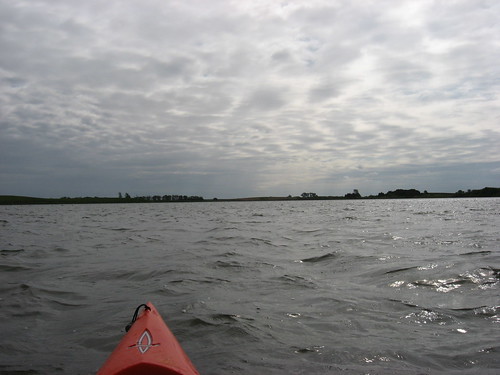
The dock is on the northeast side of the lake. To the right, north, the lake ends in a marshy area. To the left, south, the shore is owned by the SD GFP and is used as a wildlife production area. The east side of the lake has trees and brush cover all along the shore for perhaps a mile. A map of the lake seems sort of like a jumping dog to me. It extends west and south for over a mile. This is the most scenic part of the lake. The western and northern shore is more open with high banks but not many trees.

On the northwestern part of the lake, there is a small island covered with willow brush and shelving from a high bank of about four feet on the eastern side down to the water’s edge on the western side. There was a flock of pelicans hanging out along the western side of the island, and I was able to watch them take off upon my approach.
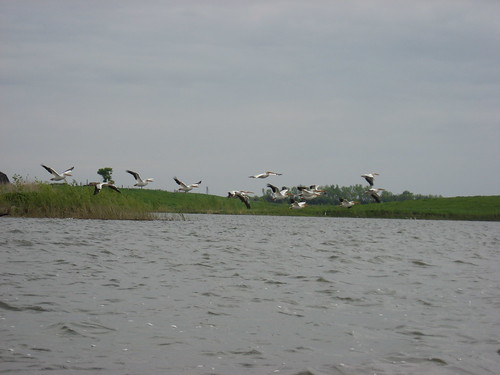

There were lots of ducks nesting in reeds along the shoreline in most parts of the lake. I saw a few great blue heron and a number of geese as well. Redwing and yellowhead blackbirds were plentiful, along with smaller swallow type birds. On two occasions, I saw muskrat swimming nearby from their lodges in the shallows.
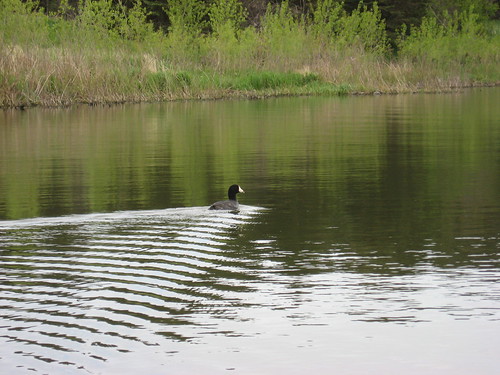
Diamond Lake is another of those seldom visited bodies of water around Sioux Falls. It is an interesting lake to visit. I mostly enjoyed seeing a lake in Minnehaha County that I did not know existed, even though I thought I had become an authority on area waters. Any lake with a resident flock of pelicans is interesting. It is pretty wide, and I would think that it might be a little tricky with a stiff wind, particularly if it were coming out of the north. On this day, the lake was deserted: just the breeze, the birds, the landscape, and me. The lake is 46 miles from my eastside Sioux Falls home, and that means that a person will spend nearly as much time on the roundtrip drive as on the lake.
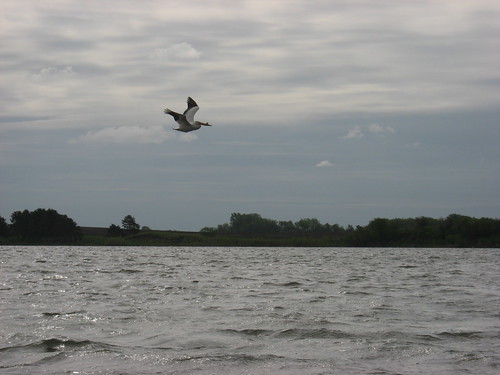
Still, it is a real privilege to be sharing a deserted lake on a weekday morning with such graceful pelicans. This is one of the benefits of being retired and living according to a personalized agenda.

